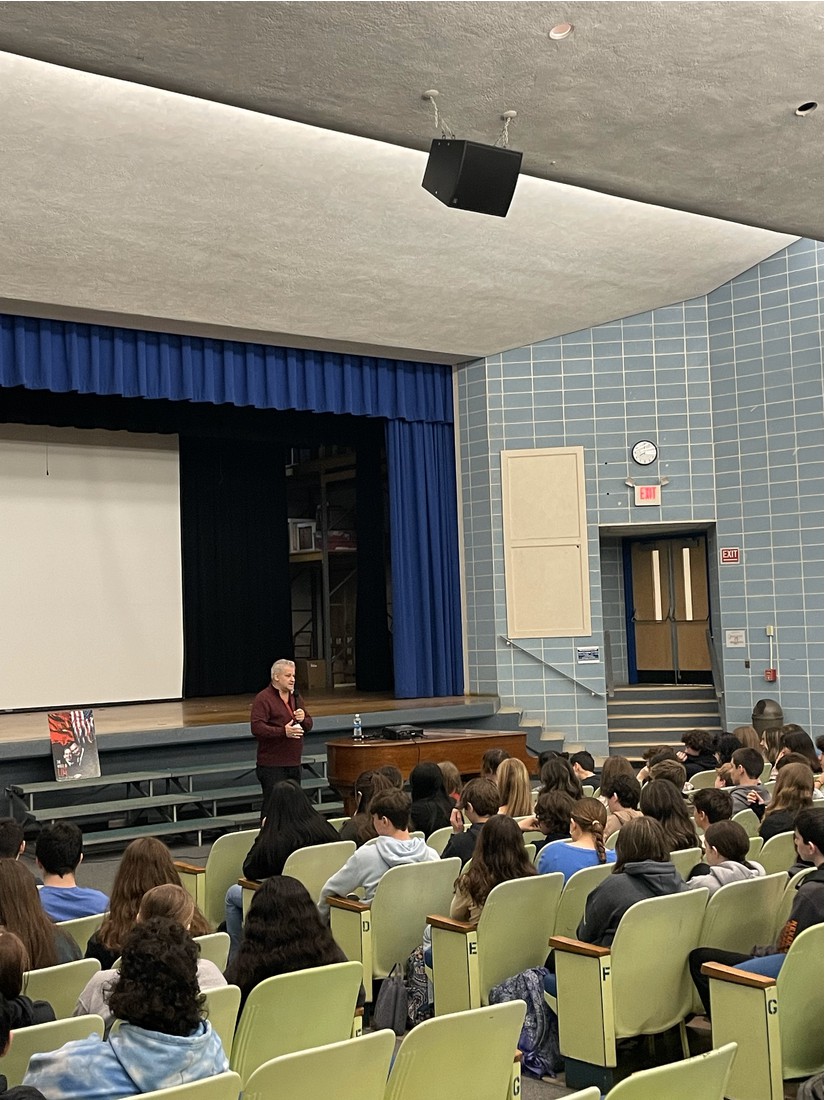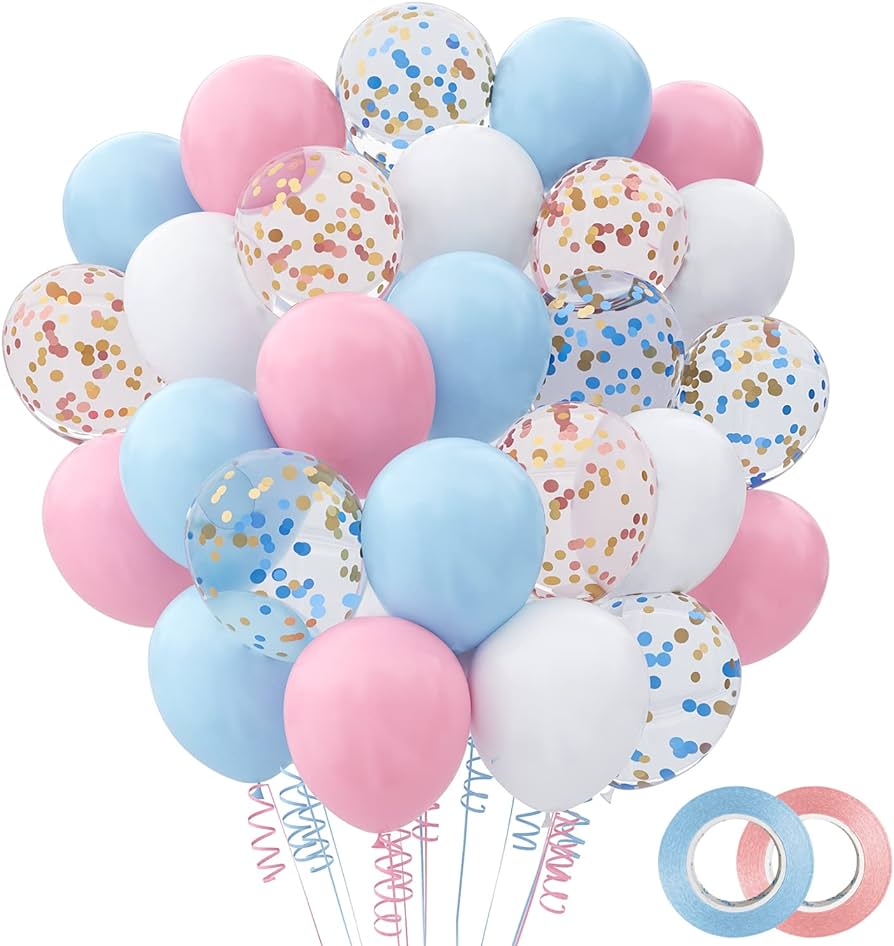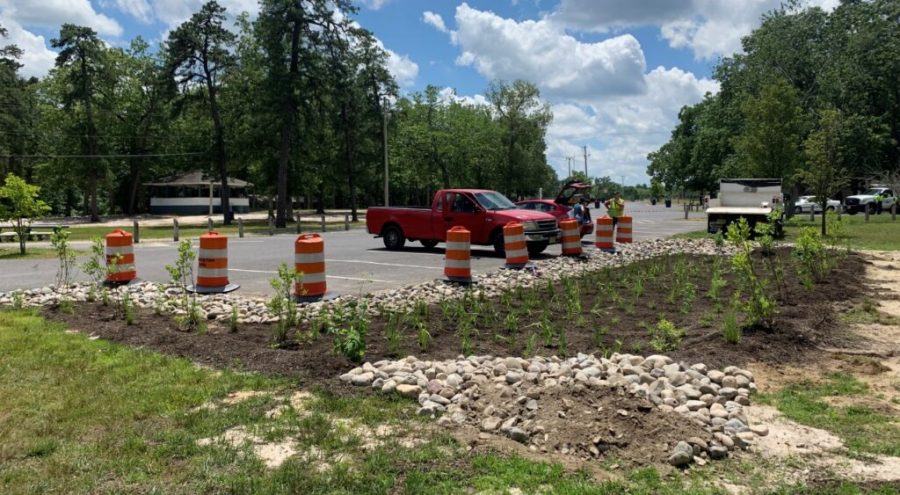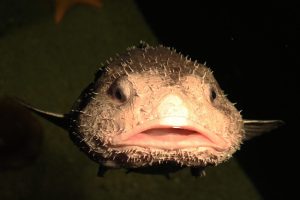Rain Garden at Hammonton Lake Park
November 8, 2021
If you’ve ever been to Hammonton Lake Park, you may have noticed what some might think is a bunch of weeds across from the parking lot. This is the rain garden. Rain gardens helps improve water quality by keeping pollutants such as fertilizer, pesticides and soil out of our waterways, and also provide habitat for many different native pollinator species.
Making the Garden
Constructing the garden was no easy task. Getting Hammonton to even approve of the garden was a huge struggle. At a council meeting, the town expressed that they had limited staff, so they were concerned that they wouldn’t be able to provide maintenance for the garden. They were also worried that the rain garden wouldn’t look nice, due to some negative feedback concerning the rain garden planted at the Hammonton High School. Thankfully, the Permaculture Club was able to get approval by promising to maintain the garden as it was next to their meeting place, the Hammonton Canoe Club. Once the legal areas of the project were overcome, Hammonton’s Public Work Department and Rutgers Cooperative Extension Water Resources Program dug out the garden, with the Pinelands Preservation Alliance and the Association of NJ Environmental Commissions following to place stone and mulch in the garden, as well as plant it.
Other Ways to use Green Water Infrastructure
Not all communities use rain gardens for green water infrastructure (the use of greenery instead of pipes or tubing for treating gray water, used bath, sink or shower water). Other ways to improve the quality of water include tree pits, a tree planted in a pit of gravel that traps water, bioswales, shallow ditches designed to catch road runoff, and permeable pavement, pavement that catches stormwater and road runoff, then slowly deposits it into the soil below.
Check out the rain garden today!



























